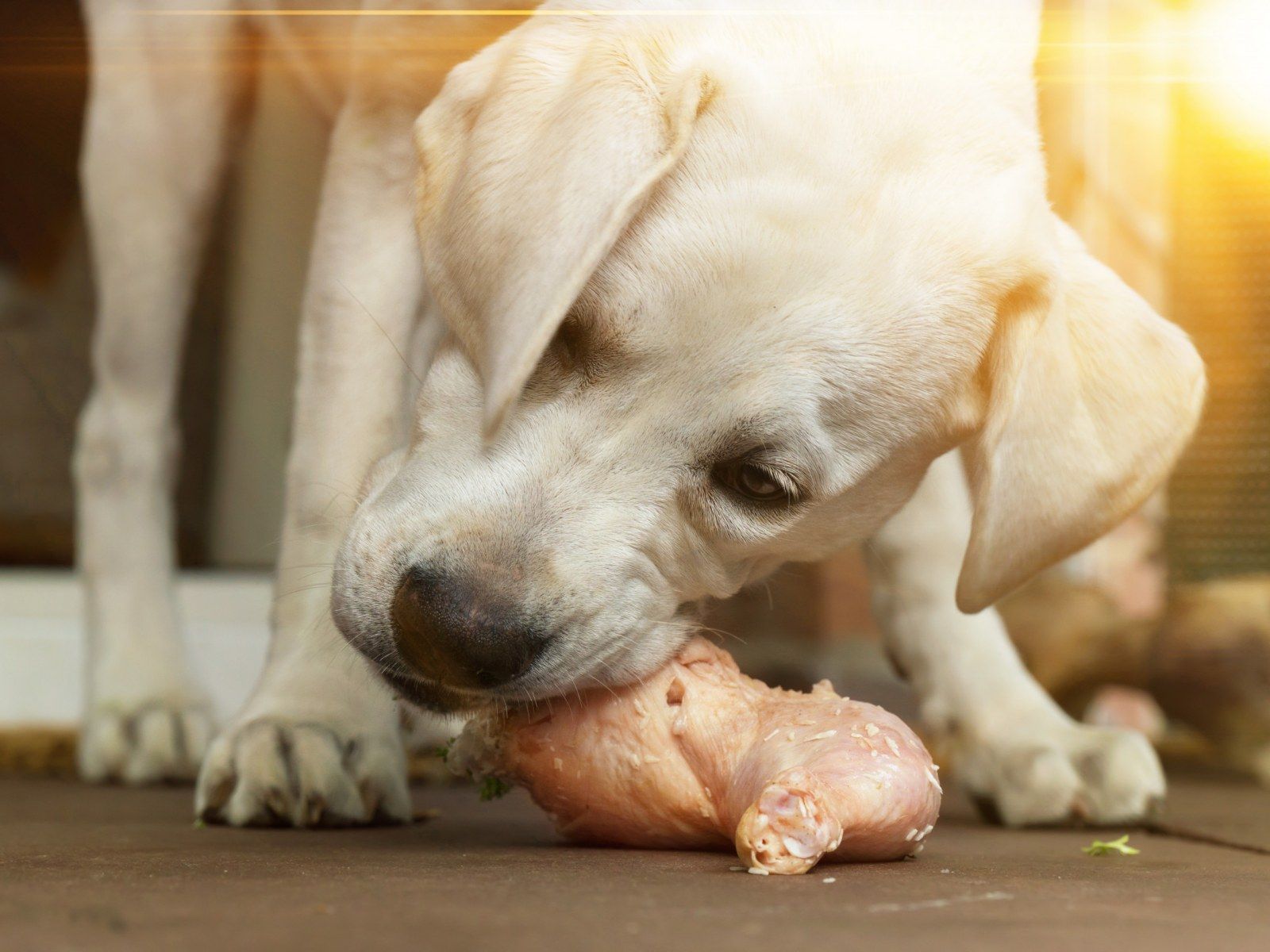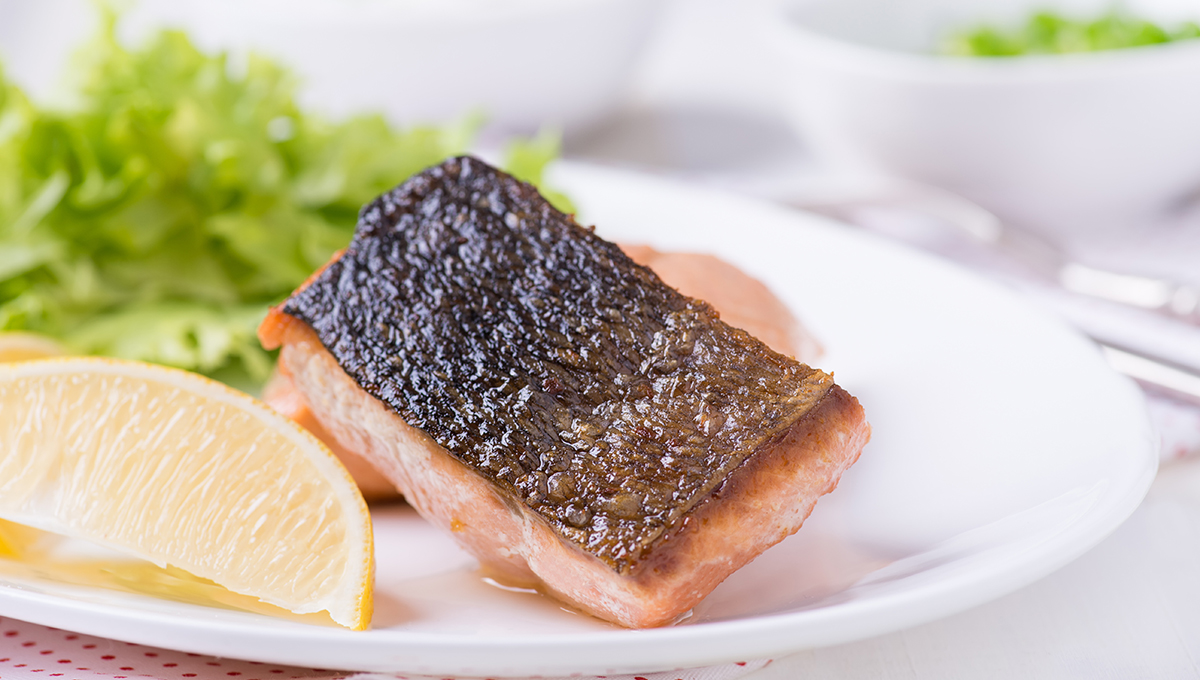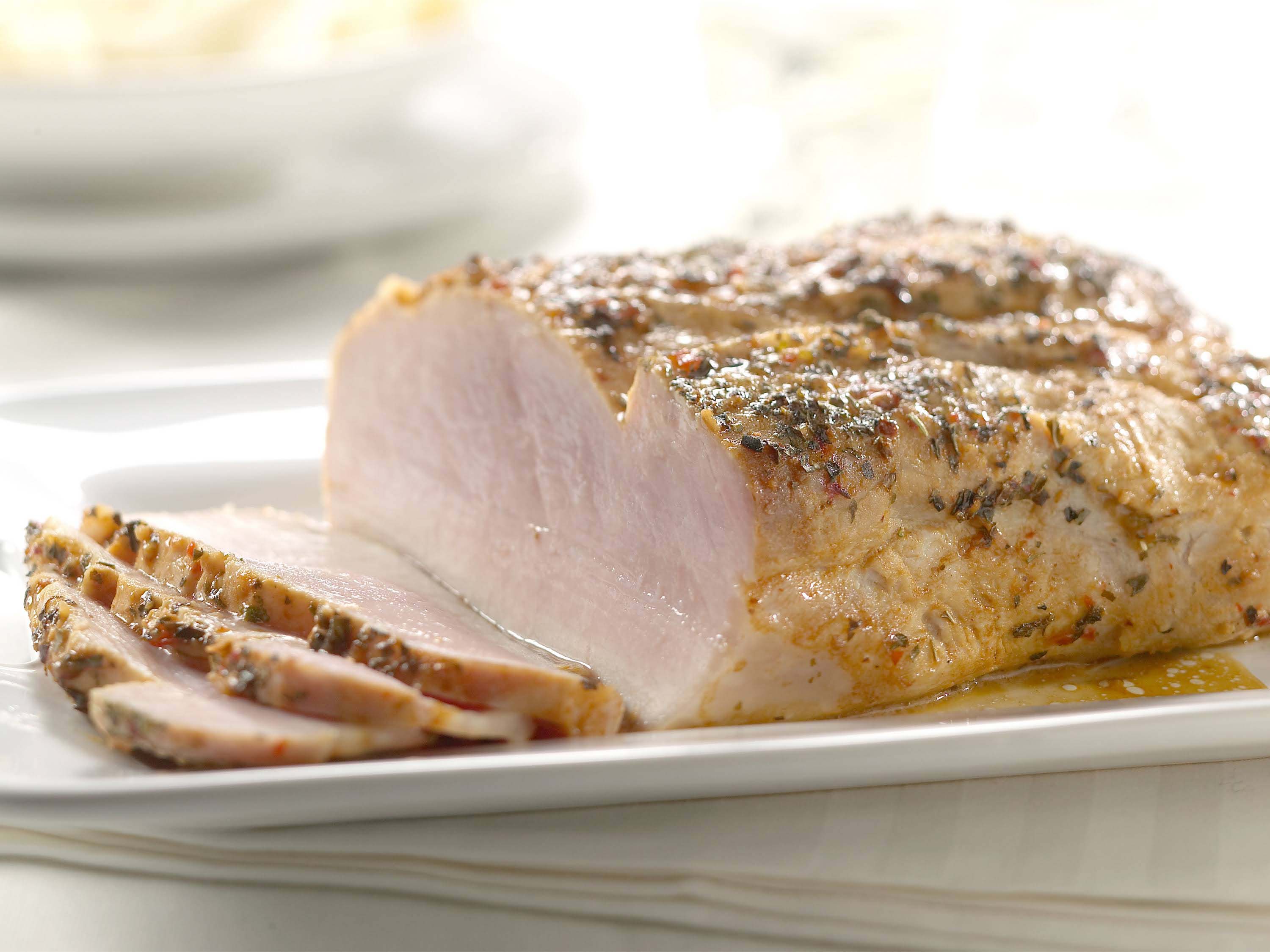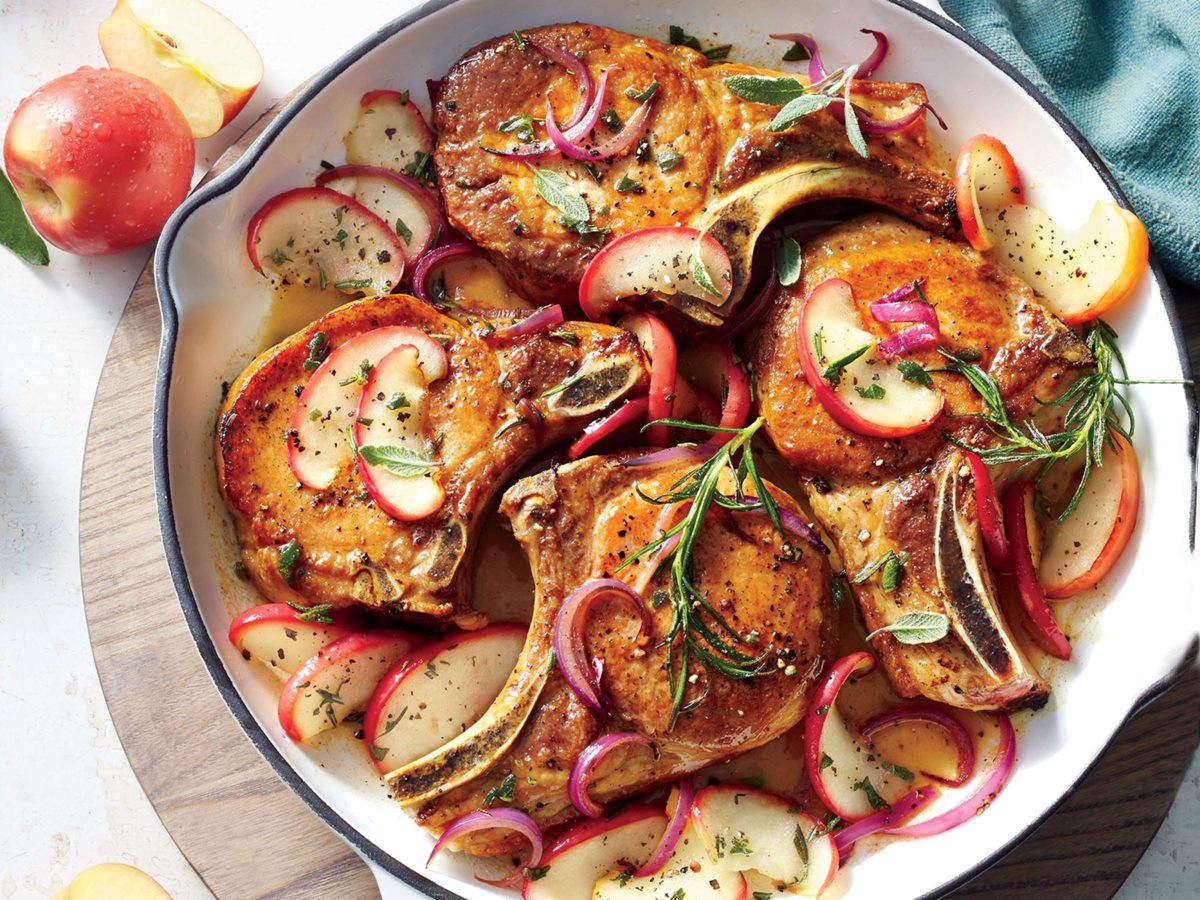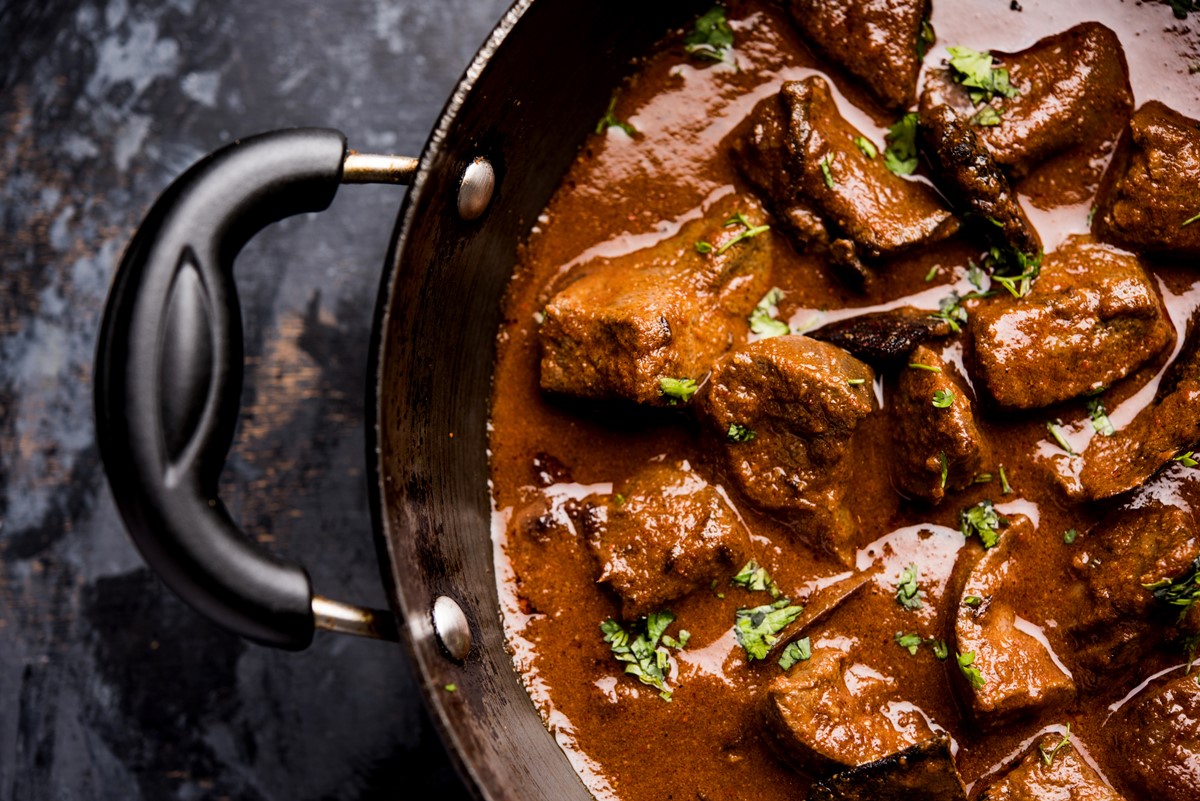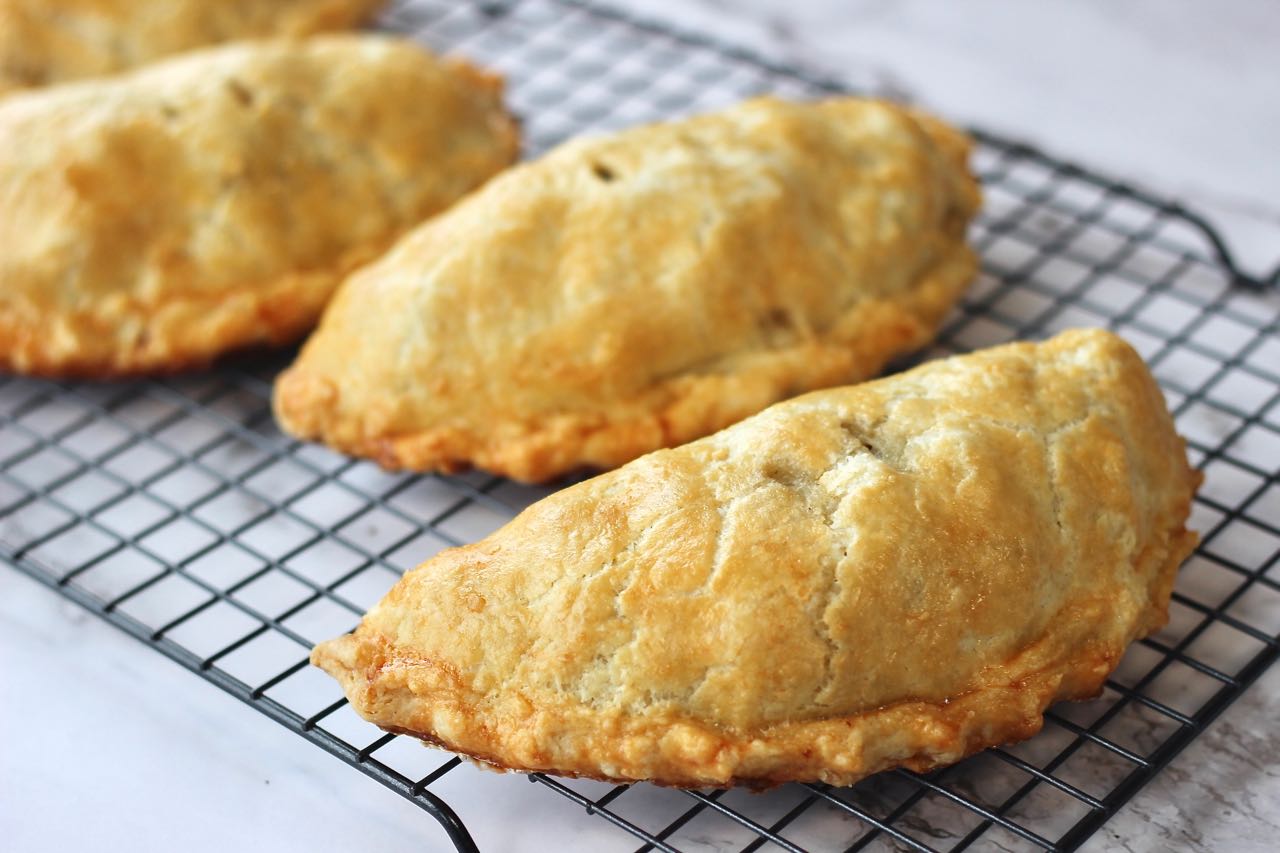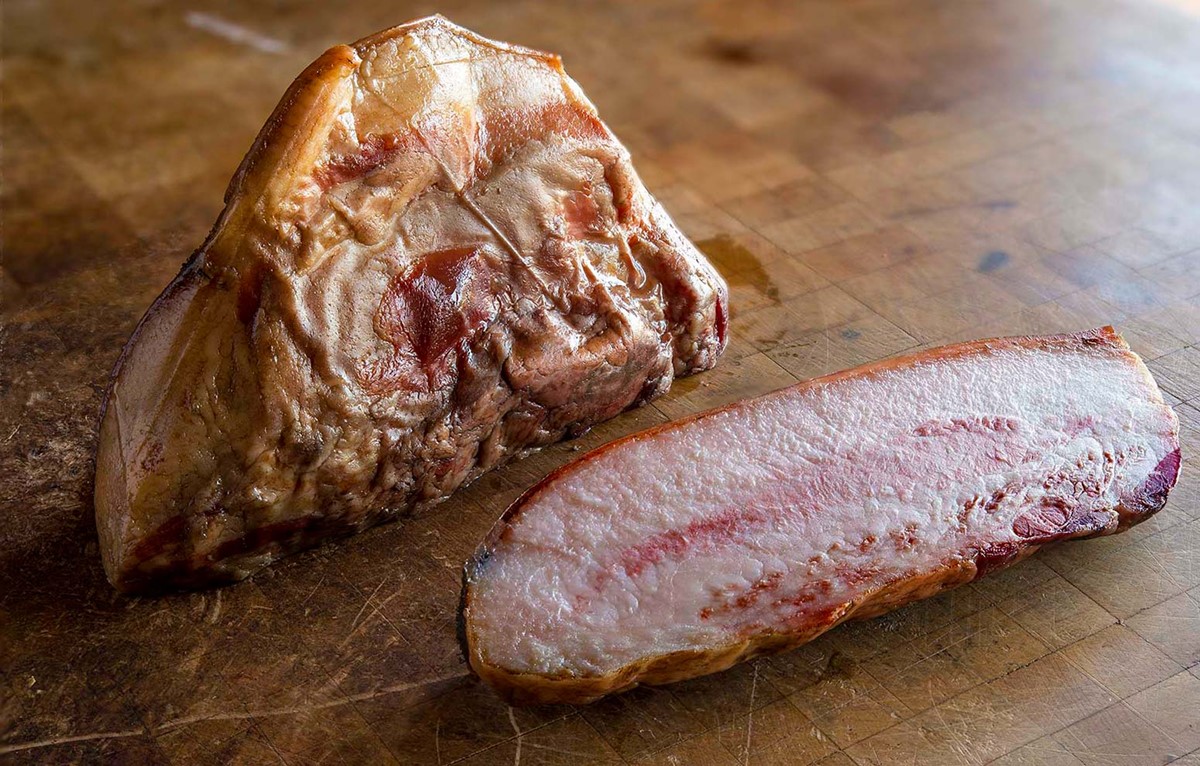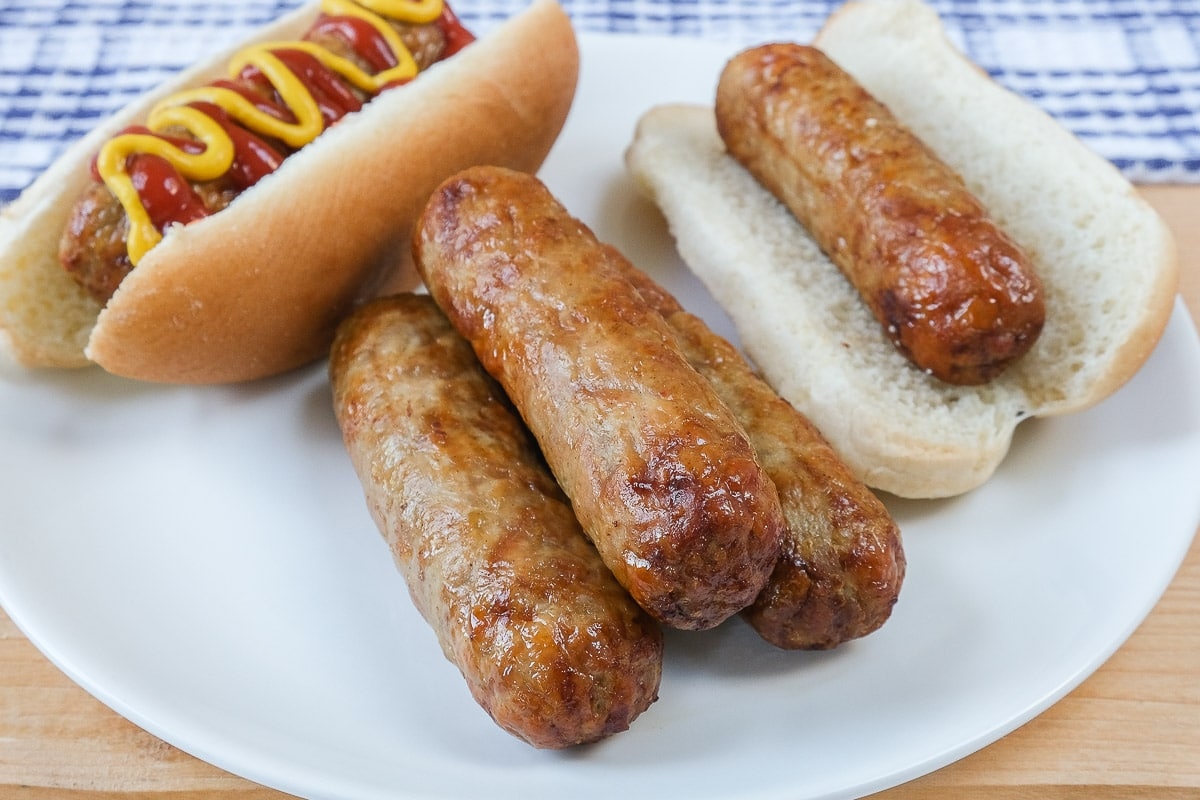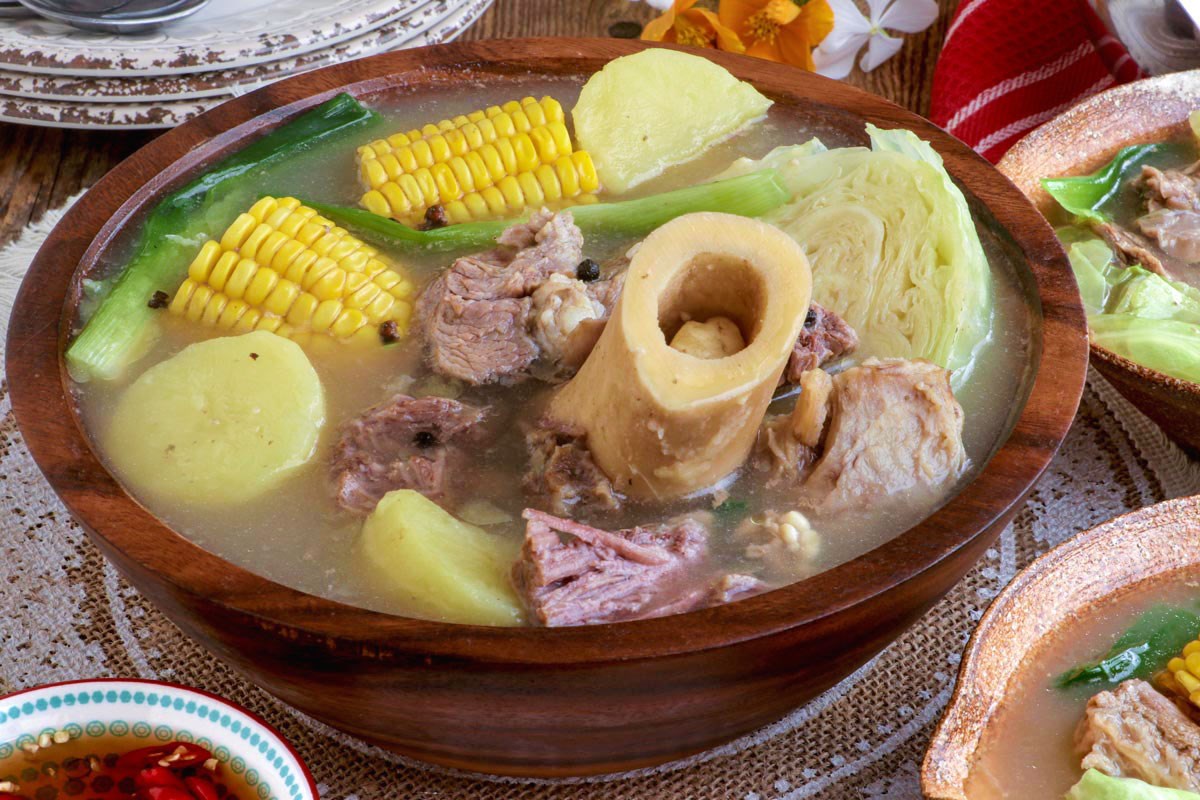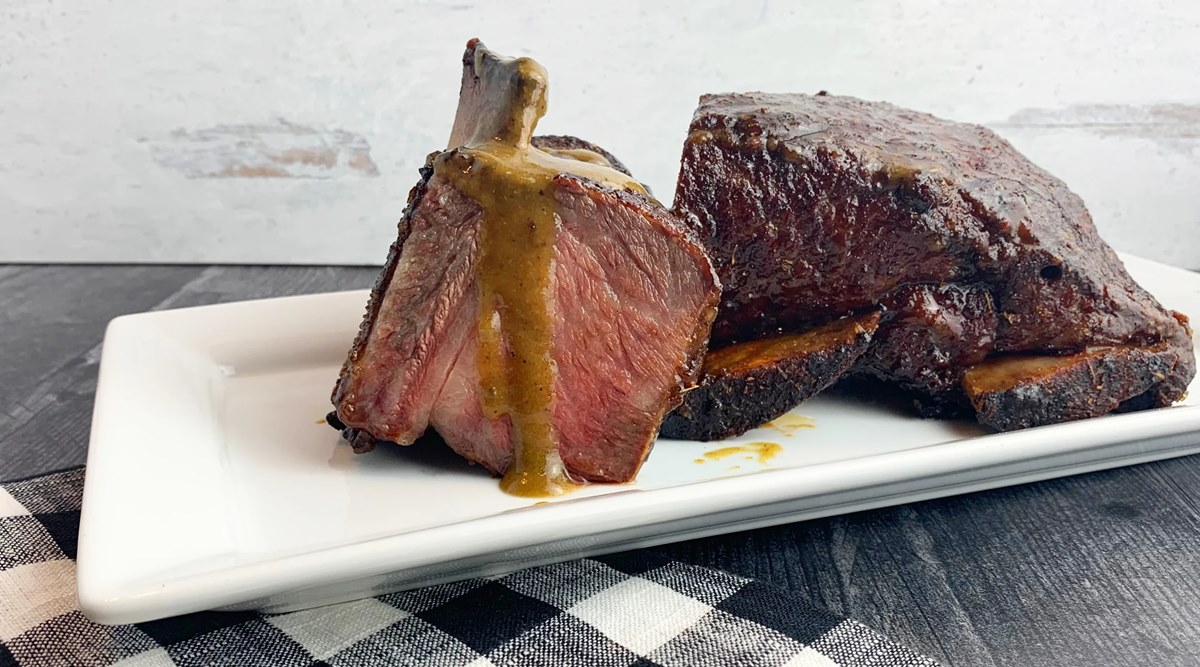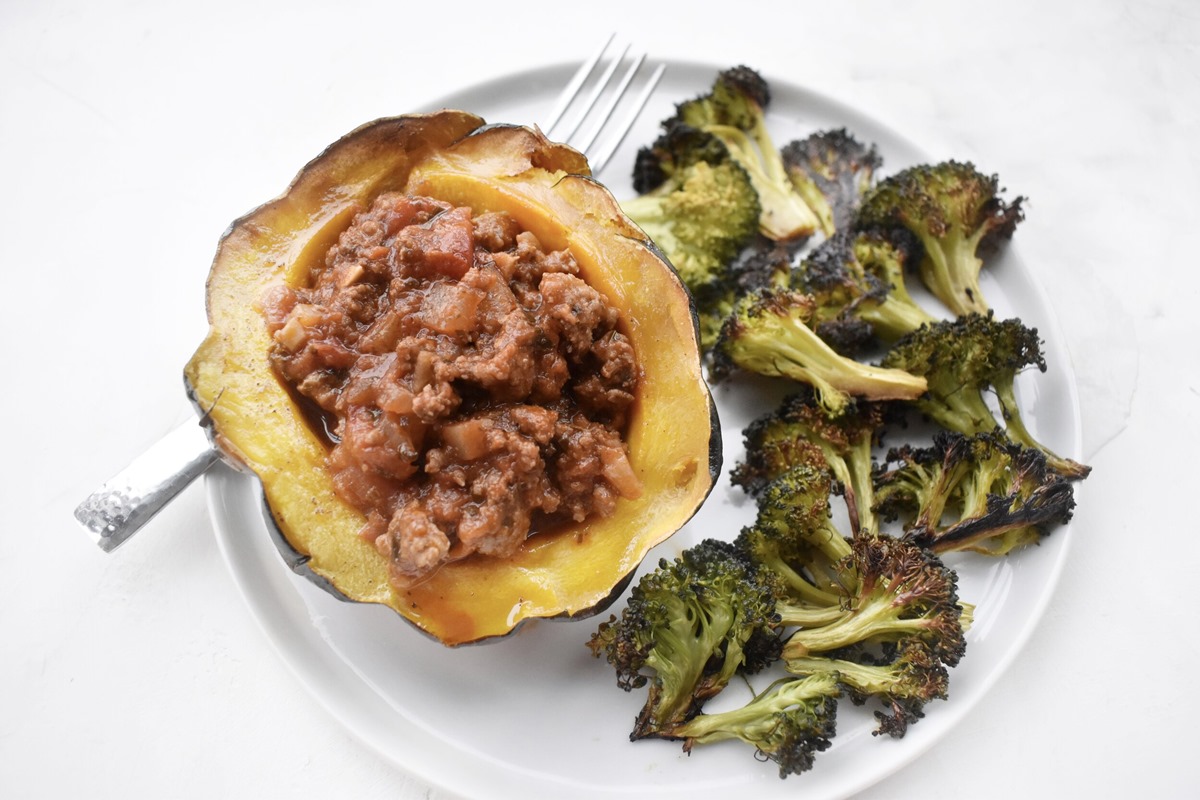Unlock the Secret to Perfectly Cooked Dry Aged Steak in the Oven
There’s something truly mouthwatering about sinking your teeth into a juicy, tender piece of dry aged steak. The complex flavors and melt-in-your-mouth texture are a result of the unique aging process, where the meat is left to dry in controlled conditions. While preparing this delicacy may seem intimidating, fear not! With the right techniques, you can easily cook a delicious dry aged steak right in your oven.
Choose the Right Cut
Before venturing into the world of cooking dry aged steak, it’s essential to select the right cut of meat. Look for ribeye, strip loin, or porterhouse steaks, as they are well-marbled and perfect for dry aging. The marbling not only enhances the flavor but also keeps the meat tender and juicy during the cooking process.
Prepare the Meat
Properly preparing your dry aged steak sets the foundation for a scrumptious meal. Follow these steps:
- Remove the steak from the refrigerator and let it come to room temperature. This ensures even cooking.
- Pat the steak dry with a paper towel to remove any moisture on the surface. This step helps in achieving a nice sear later.
- Season the steak generously with coarse sea salt and freshly ground black pepper. The flavors of the seasonings will penetrate the meat during cooking.
Preheat and Sear
Preheating the oven is crucial for a successful outcome. Follow these steps to get the perfect sear:
- Preheat your oven to 450°F (230°C) for a medium-rare steak.
- Meanwhile, place a cast-iron skillet over high heat and let it get smoking hot.
- Once the skillet is hot, add a tablespoon of oil with a high smoke point, like canola or vegetable oil.
- Carefully place the dry aged steak into the hot skillet and let it sear for about 2-3 minutes on each side. This will create a beautiful caramelized crust.
Oven Cooking
Now that your steak is perfectly seared, it’s time to finish the cooking process in the oven:
- Transfer the skillet with the seared steak into the preheated oven.
- Cook the steak for around 6-10 minutes, depending on the thickness and desired doneness.
- For medium-rare, aim for an internal temperature of 135°F (57°C). Use a meat thermometer to ensure accuracy.
- Once the steak reaches your desired doneness, remove it from the oven and let it rest on a cutting board for a few minutes. This allows the juices to redistribute, resulting in a tender and flavorful steak.
Serve and Enjoy
With your dry aged steak cooked to perfection, it’s time to savor every delicious bite. Here are a few serving suggestions:
- Slice the steak against the grain to optimize tenderness.
- Pair it with a vibrant chimichurri sauce or a classic red wine reduction.
- Serve it alongside a flavorful salad or your favorite roasted vegetables.
Now that you have unlocked the secret to cooking a mouthwatering dry aged steak in the oven, you can impress your friends and family with your culinary skills. Remember, practice makes perfect, so don’t be discouraged if your first attempt is not flawless. With time and experience, you’ll become a master of cooking this delectable cut of meat!
For those looking to master the art of cooking dry-aged steak in the oven, there are several recipes that stand out and are worth trying. The Classic Dry Aged Ribeye Steak with Garlic Herb Butter is a great starting point, offering a simple yet flavorful approach. For something a bit more sophisticated, the Dry Aged New York Strip Steak with Red Wine Reduction provides a rich and elegant flavor profile. If you want to impress guests, the Dry Aged Porterhouse Steak with Chimichurri Sauce is a showstopper with its vibrant and fresh sauce. Finally, the Dry Aged Ribeye with Wild Mushroom Ragout combines earthy mushrooms with the rich taste of dry-aged beef, making it a must-try for steak enthusiasts. Each of these recipes not only utilizes the techniques from the guide but also brings out the unique flavors of dry-aged steak in delightful ways.
Was this page helpful?
Read Next: How To Cook Frozen Chicken Alfredo
